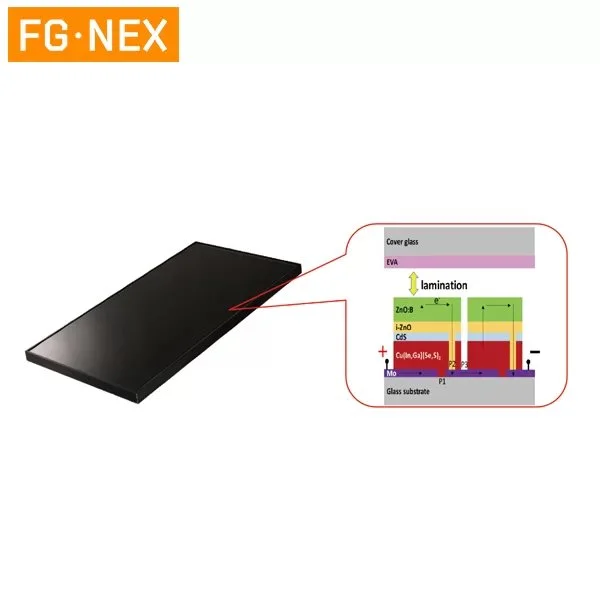Dust-proof and waterproof design of solar panels: the key to protecting the energy future
As the global demand for renewable energy continues to grow, solar panels, as an important energy collection device, are gradually becoming the focus of attention. However, due to the diverse installation environments of solar panels, such as outdoors and rooftops, the dustproof and waterproof challenges they face are becoming increasingly prominent. This article will introduce the dustproof and waterproof design of solar panels and discuss how to protect the performance and lifespan of solar panels to ensure a stable supply of sustainable energy.

Dustproof design:
1. Closed structure: The surface of the solar panel usually adopts a closed structure to prevent dust, sand, and other particles from entering the interior of the panel. This design can effectively reduce dust coverage on the panel surface and improve light absorption efficiency.
2. Dust-proof coating: Coating a layer of dust-proof coating on the surface of the solar panel can block the adhesion of dust and reduce the frequency of cleaning. This coating is usually resistant to high temperatures, UV rays, and corrosion, and can protect the surface of the panel from erosion by the external environment.
3. Cleaning system: In order to further reduce the impact of dust on the solar panel, an automatic cleaning system can be installed. This system can regularly clean the panel surface to maintain its efficient working condition. Common automatic cleaning systems include water spray cleaning and mechanical brushing.
Waterproof design:
1. Sealed back plate: The back of the solar panel is usually designed with a sealed back plate to prevent moisture from penetrating into the battery panel. This type of back sheet is usually made of weather-resistant materials, such as polymers or metals, and can effectively isolate outside moisture and humidity.
2. Conductive rubber pad: A conductive rubber pad can be added between the junction box and the bracket of the solar panel. This kind of rubber pad is waterproof and can prevent rainwater from penetrating into the junction box and protect the circuit safety inside the battery panel.
3. Junction box design: The junction box of the solar panel is an important part of the waterproof design. The junction box usually adopts a sealed structure and is equipped with waterproof joints and sealing rubber rings to ensure that the circuit inside the junction box is not corroded by moisture.
The dustproof and waterproof design of solar panels is key to protecting their performance and lifespan. Through dust-proof designs such as closed structures, dust-proof coatings, and cleaning systems, the impact of dust on battery panels can be reduced and energy conversion efficiency improved. Waterproof designs such as sealed back plates, conductive rubber pads, and waterproof junction boxes can effectively prevent moisture from penetrating into the battery panel and protect circuit safety. The application of these dust-proof and waterproof designs will provide a guarantee for the reliable operation of solar panels, promote the development of sustainable energy, and create a better future for mankind.
https://www.fgnexsolar.com/Dust-proof-and-Waterproof-Design-of-Solar-Panels.html
- Art
- Causes
- Crafts
- Dance
- Drinks
- Film
- Fitness
- Food
- Giochi
- Gardening
- Health
- Home
- Literature
- Music
- Networking
- Altre informazioni
- Party
- Religion
- Shopping
- Sports
- Theater
- Wellness


